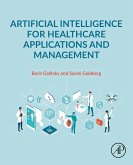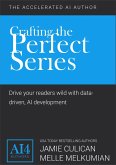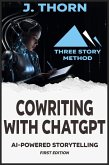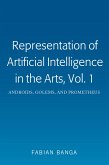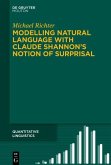The Natural Language for Artificial Intelligence presents the biological and logical structure typical of human language in its dynamic mediating process between reality and the human mind. The book explains linguistic functioning in the dynamic process of human cognition when forming meaning. After that, an approach to artificial intelligence (AI) is outlined, which works with a more restricted concept of natural language that leads to flaws and ambiguities. Subsequently, the characteristics of natural language and patterns of how it behaves in different branches of science are revealed to indicate ways to improve the development of AI in specific fields of science.
A brief description of the universal structure of language is also presented as an algorithmic model to be followed in the development of AI. Since AI aims to imitate the process of the human mind, the book shows how the cross-fertilization between natural language and AI should be done using the logical-axiomatic structure of natural language adjusted to the logical-mathematical processes of the machine.
A brief description of the universal structure of language is also presented as an algorithmic model to be followed in the development of AI. Since AI aims to imitate the process of the human mind, the book shows how the cross-fertilization between natural language and AI should be done using the logical-axiomatic structure of natural language adjusted to the logical-mathematical processes of the machine.
- Presents a comprehensive approach to natural language and its inherent and complex dynamics
- Develops language content as the next frontier, identifying the universal structure of language as a common structure that appears in both AI and cognitive computing
- Explains the standard structure present in cognition and AI, making them interchangeable
- Offers examples of the application of the universal language model in image analysis and conventional language
Dieser Download kann aus rechtlichen Gründen nur mit Rechnungsadresse in A, B, BG, CY, CZ, D, DK, EW, E, FIN, F, GR, HR, H, IRL, I, LT, L, LR, M, NL, PL, P, R, S, SLO, SK ausgeliefert werden.



